(June 29, 2022) It’s not just the altitude that makes a mountain mean. From the route to scale the summit to the unexpected weather turning the climb into a deadly expedition – many unforeseen hurdles can make the summit an impossible task. However, nothing could deter Hyderabad-born mountaineer, Satish Gogineni, from climbing not one but two mountains in a single day. Last month, Satish summited Mount Everest and Mount Lhotse — the first and fourth highest peak in the world – within 20 hours of each other, in one single expedition. This makes him the fastest Indian to achieve the double-summit, a feat less than 100 climbers in the world have managed.
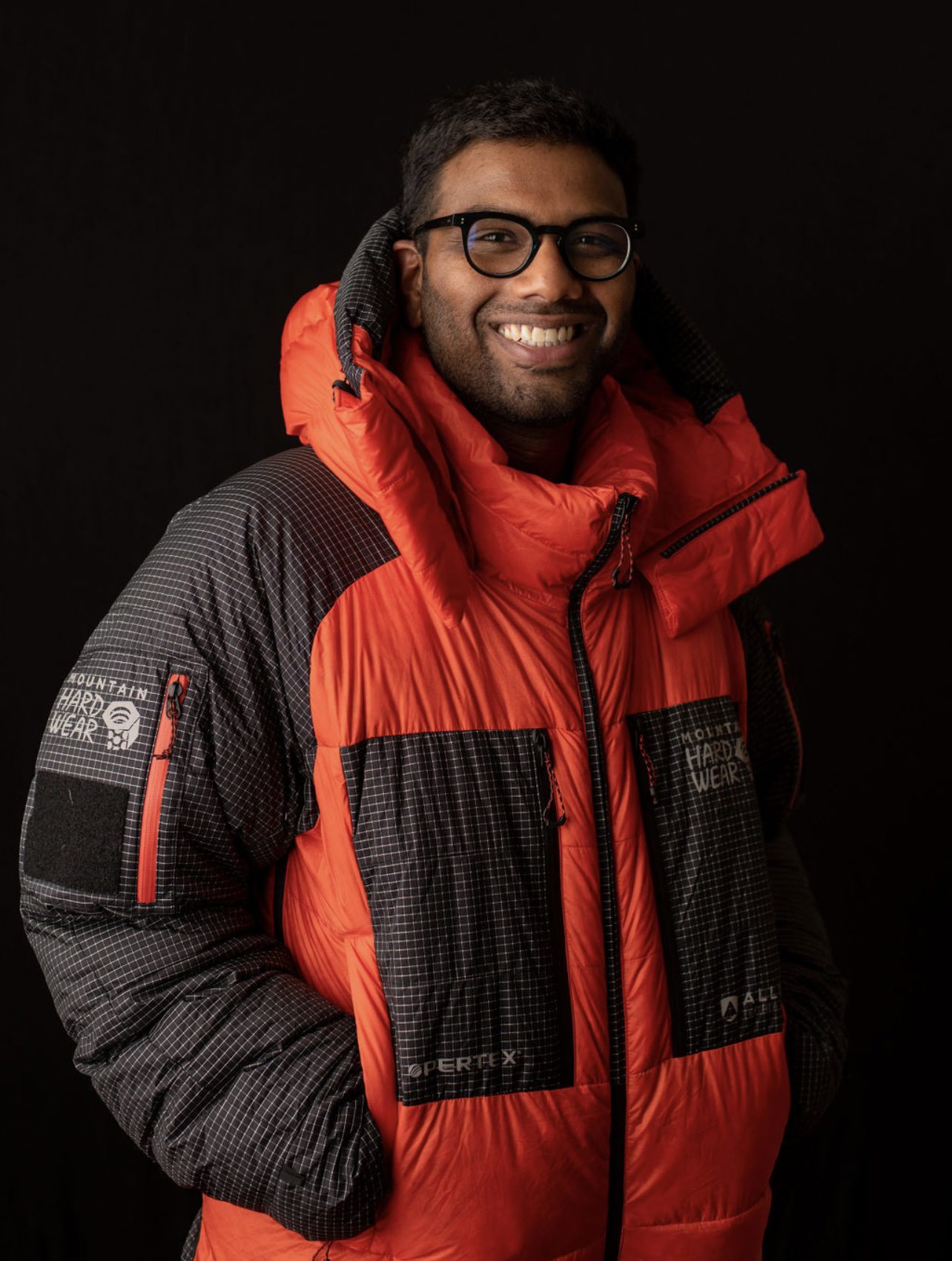
Satish Gogineni
Connecting with Global Indian from San Francisco, Satish shares that he was preparing for the summit for some time now. “I summited Mount Everest (8,849 m) and Mount Lhotse (8,516 m). I have always enjoyed travelling to new cities within and outside the US, and meeting new people. This, combined with my curiosity to find my vertical and endurance ceiling pushed me to challenge myself. I was able to climb both the mountains in about 19-and-a-half hours,” shares the mountaineer.
Driven by adventure
Like most kids, Satish grew up playing sports, however, it wasn’t a big part of his life. “My father worked as an engineer in BSNL and my mother worked at Dr BR Ambedkar Open University. Growing up, I remember I was a lot into cricket. I and my brother would play many sports, but we never pursued them professionally.”

Satish at Mount Everest’s summit
Academically driven, Satish went to Pune to pursue a bachelor’s in engineering at the Maharashtra Institute of Technology, and later relocated to the United States in 2004. It was here that he reconnected with his adventurous streak. “I started taking part in inter-college sports activities. But soon realised that people here were much faster than I was. So, I started running about two to three miles every day. After moving to Los Angeles, I joined a running club as I didn’t have many friends to hang out with. In 2007, I ran my first LA marathon,” shares the mountaineer, for whom there has been no looking back since then.
Matters of the mind
An endurance runner, Satish has run 14 full marathons, including the world majors in Berlin and Tokyo. However, the road to the highest mountain in the world was full of hurdles. “Very unexpectedly, I lost my mother in 2011. That was a big shocker for me. I struggled through depression for about two years. It was a huge loss,” shares the adventure junkie. But it was running that kept him going. “Everyone in the world has struggled through a loved one’s loss. However, it is important to move on. While it was difficult for me, I kept myself going. I never quit running and with time I got more disciplined and organised,” the mountaineer adds.

While he is a pro at it now, mountaineering was never on the cards. A chance backpacking trip with a friend changed it all for Satish. “In 2013, a friend invited me for a backpacking trip to Mount Whitney (4,421 m), which is the tallest peak in the US. I didn’t like it at the time, because it felt like running two marathons simultaneously. But, later, I started enjoying the rush,” shares the mountaineer. High on adrenaline rush, he returned home to watch many YouTube videos on ‘How to climb Everest’ till wee hours of the night, after being sleepless for several hours.
Tryst with mountains
Since then, Satish has climbed several mountains in the US. He has summited Mt Shasta (4,322 m), Mt Rainier (4,392 m) and Mt Hood (3,429 m). Interestingly in 2018, he also climbed volcano Iztaccíhuatl (5,230 m) in Mexico, and scaled it again in 2019 along with stratovolcano Pico De Orizaba (5,636 m) — the third highest mountain in North America. In June 2021, he summited Mt Denali (6,190 m) — the highest mountain in North American continent.

Satish with another climber
Passionate for the mountains, he trained rigorously for his Everest expedition with his friend. “I would run for about 60-90 miles a week. Apart from the endurance training, I had to prepare mentally as well, for which I practiced yoga regularly,” he adds.
Having climbed the world’s tallest peak, Satish calls the experience “mentally challenging”. “The key is to stay focussed, because while it not the most dangerous mountain to climb, Mount Everest does test you in many ways. There are deadly crevasses, the Khumbu icefall, and the high altitude. So, the most difficult thing is to stay focussed on the task at hand at any given point in time. Also, I wasn’t just climbing Mt Everest, but also My Lhotse, and for that it was important that to have a strong mind.”

Happy to achieve the feat, Satish is all praise for his Sherpa, whom he calls his “biggest gift.” “Pemba, who was from the Makalu region, was the biggest blessing throughout the journey. He always double checked the safety and encouraged me at every point,” says Satish who plans to climb more mountains in the future.


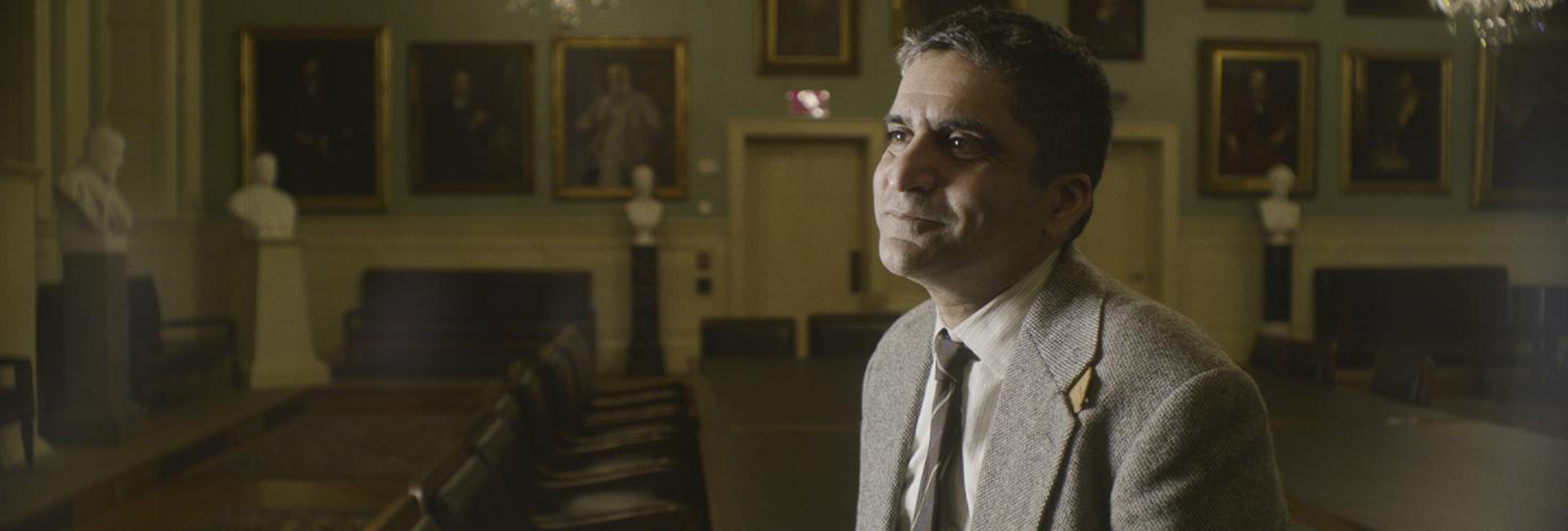
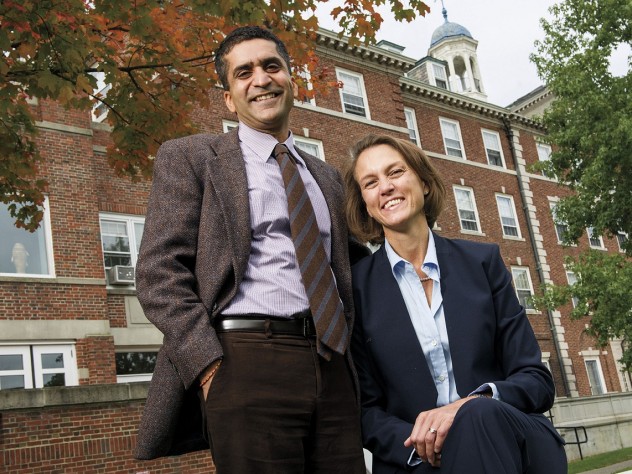 Rakesh and Stephanie Khurana at Cabot House[/caption]
Rakesh and Stephanie Khurana at Cabot House[/caption]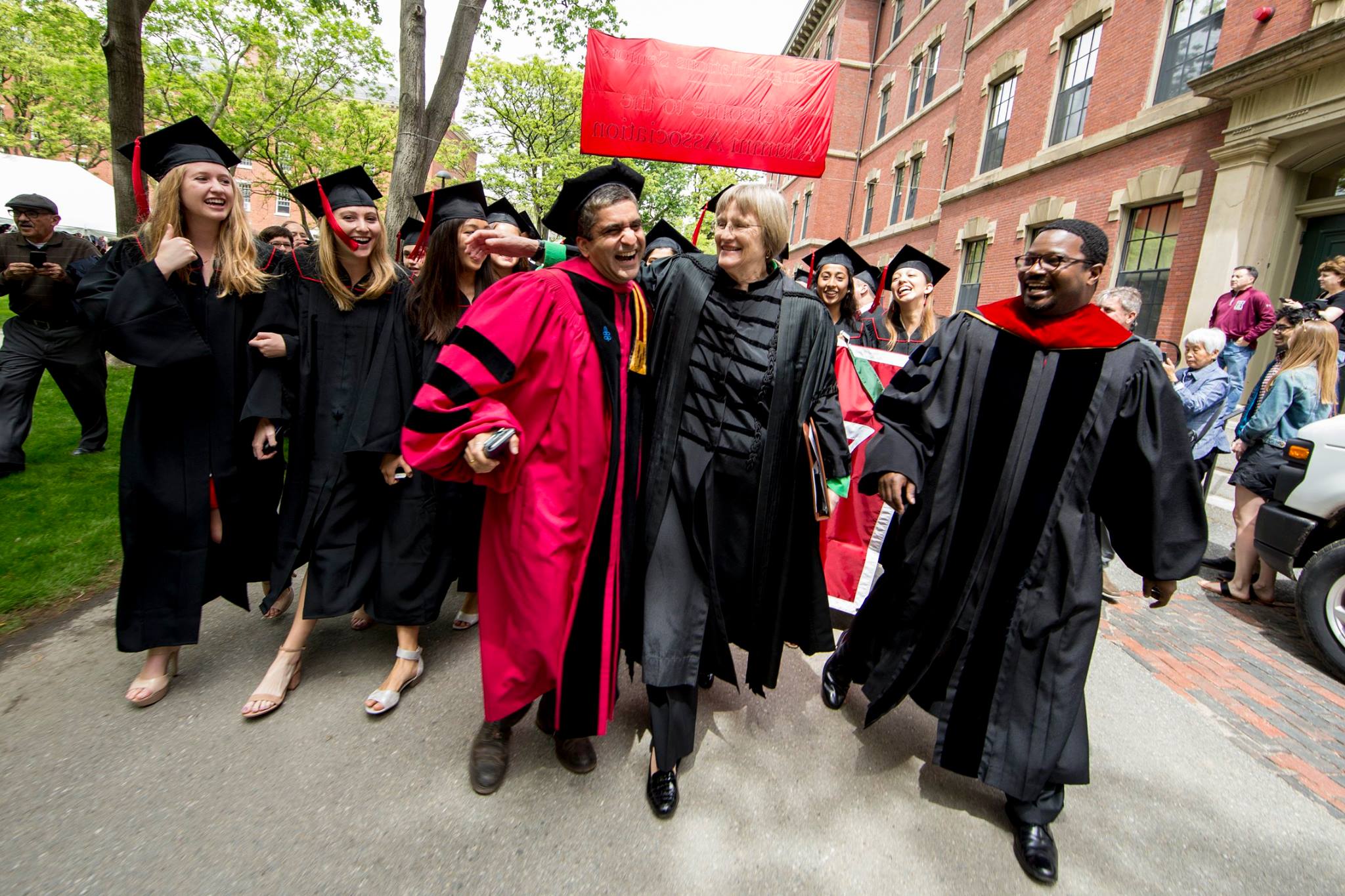 Harvard University President Drew Faust greets Dean Rakesh Khurana at a recent graduation ceremony[/caption]
Harvard University President Drew Faust greets Dean Rakesh Khurana at a recent graduation ceremony[/caption]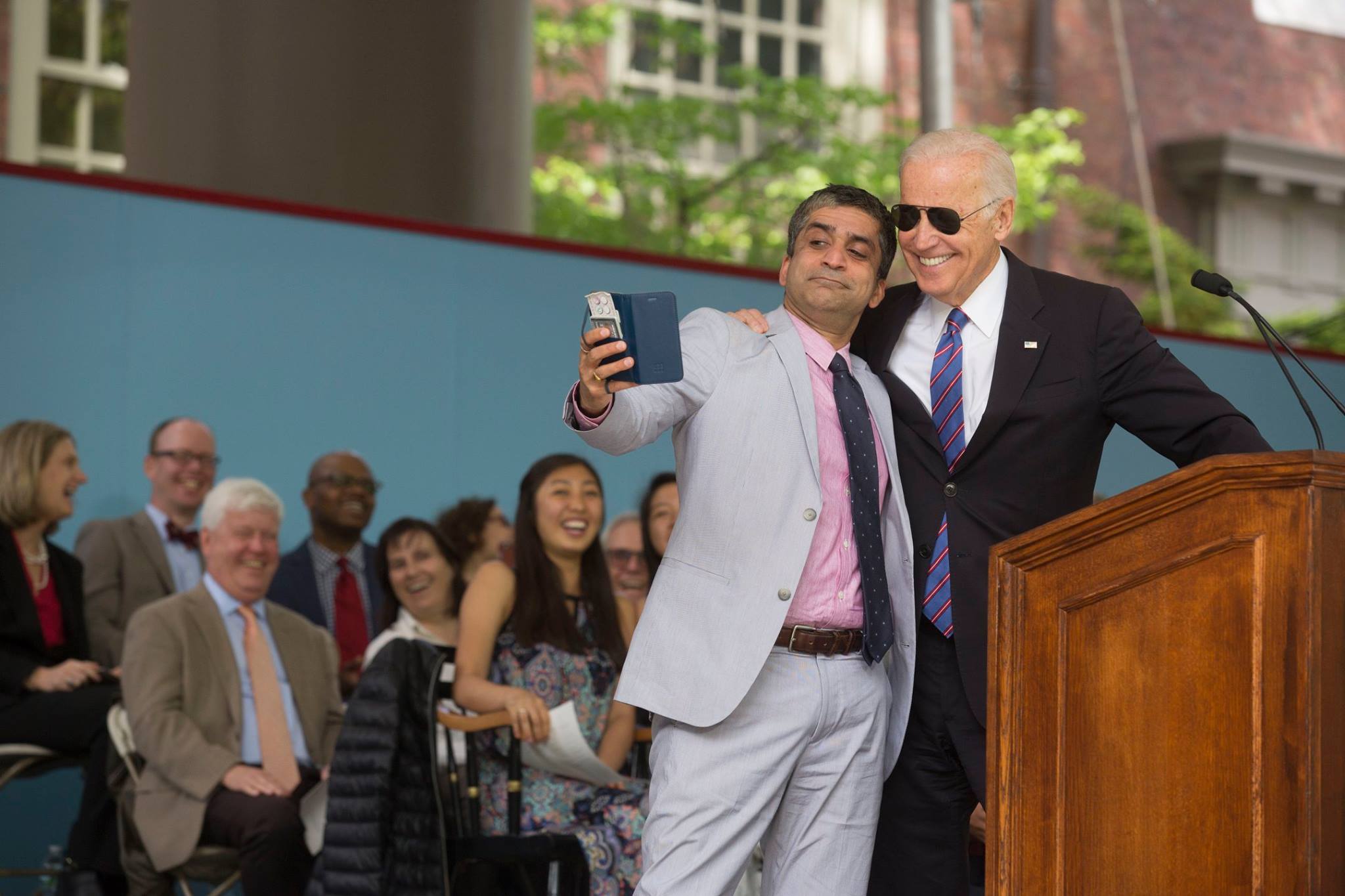 Dean Khurana with President Joe Biden[/caption]
Dean Khurana with President Joe Biden[/caption]
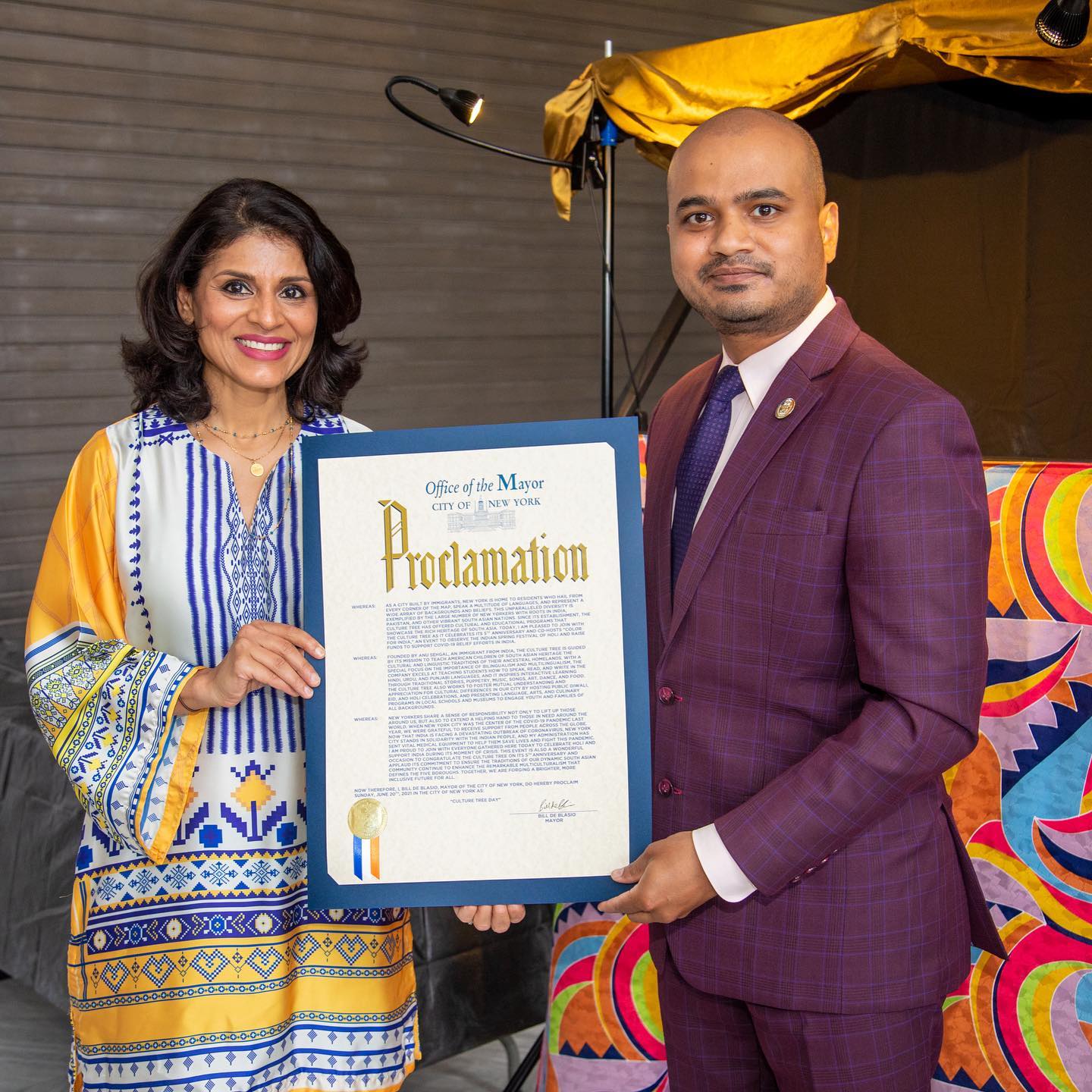 Former Mayor Bill de Blasio declared June 20, 2021 as The Culture Tree Day in NYC[/caption]
Former Mayor Bill de Blasio declared June 20, 2021 as The Culture Tree Day in NYC[/caption]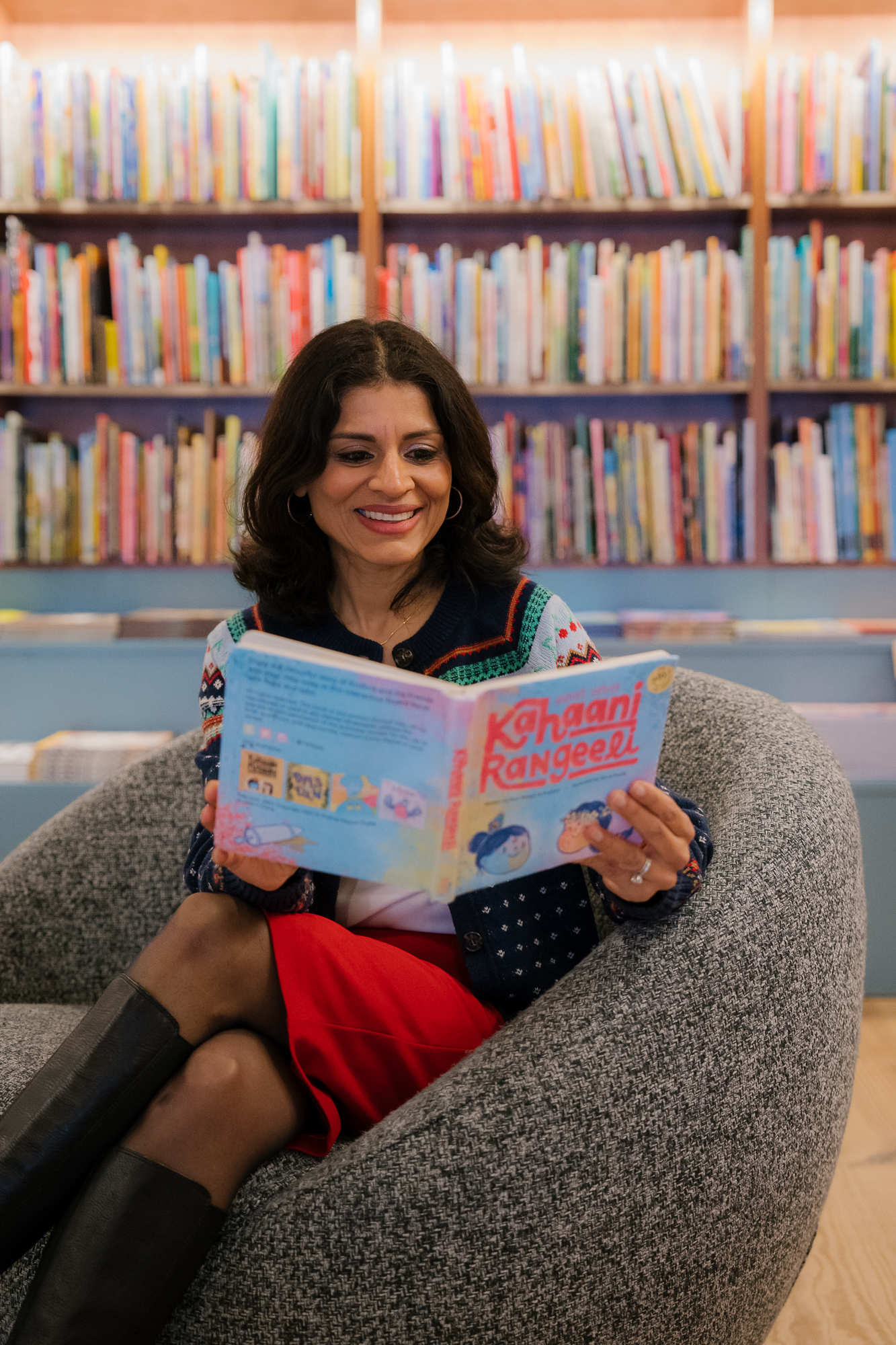 Anu Sehgal during a book reading session[/caption]
Anu Sehgal during a book reading session[/caption]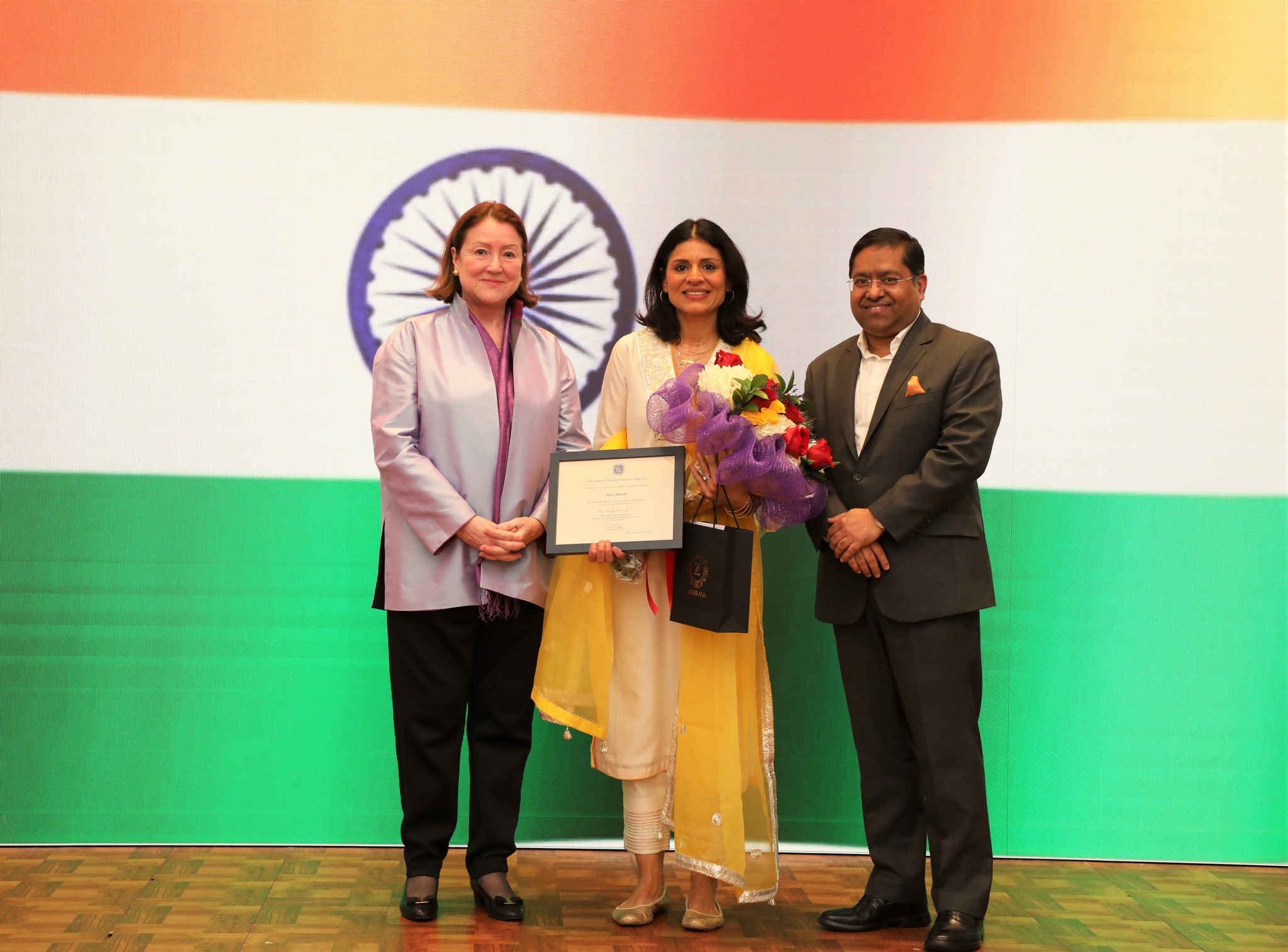 The Society of Foreign Consuls recognised Anu's efforts for community empowerment at an event at the Consulate General of India in New York[/caption]
The Society of Foreign Consuls recognised Anu's efforts for community empowerment at an event at the Consulate General of India in New York[/caption]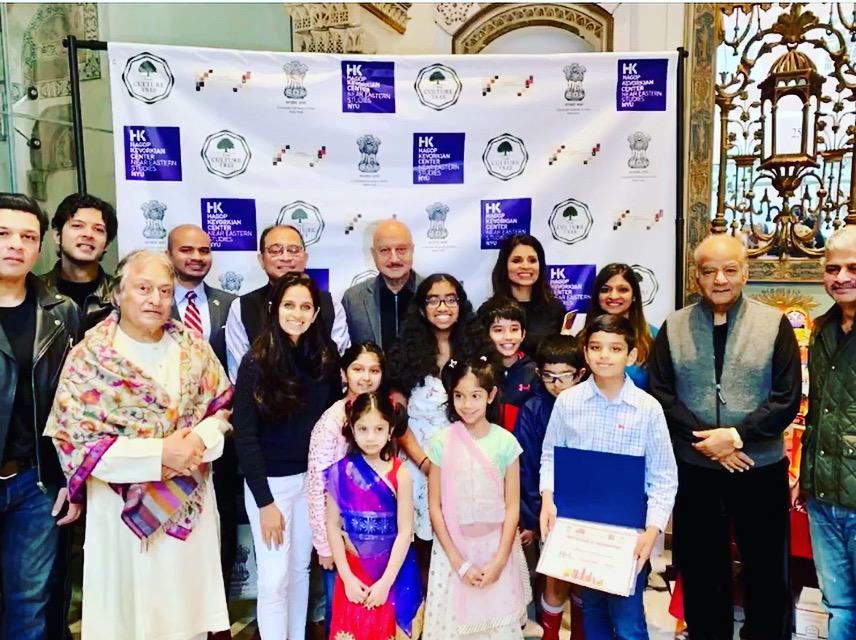 Anupam Kher and Ustad Amzad Ali Khan were chief guests at one of the literary events of The Culture Tree[/caption]
Anupam Kher and Ustad Amzad Ali Khan were chief guests at one of the literary events of The Culture Tree[/caption]
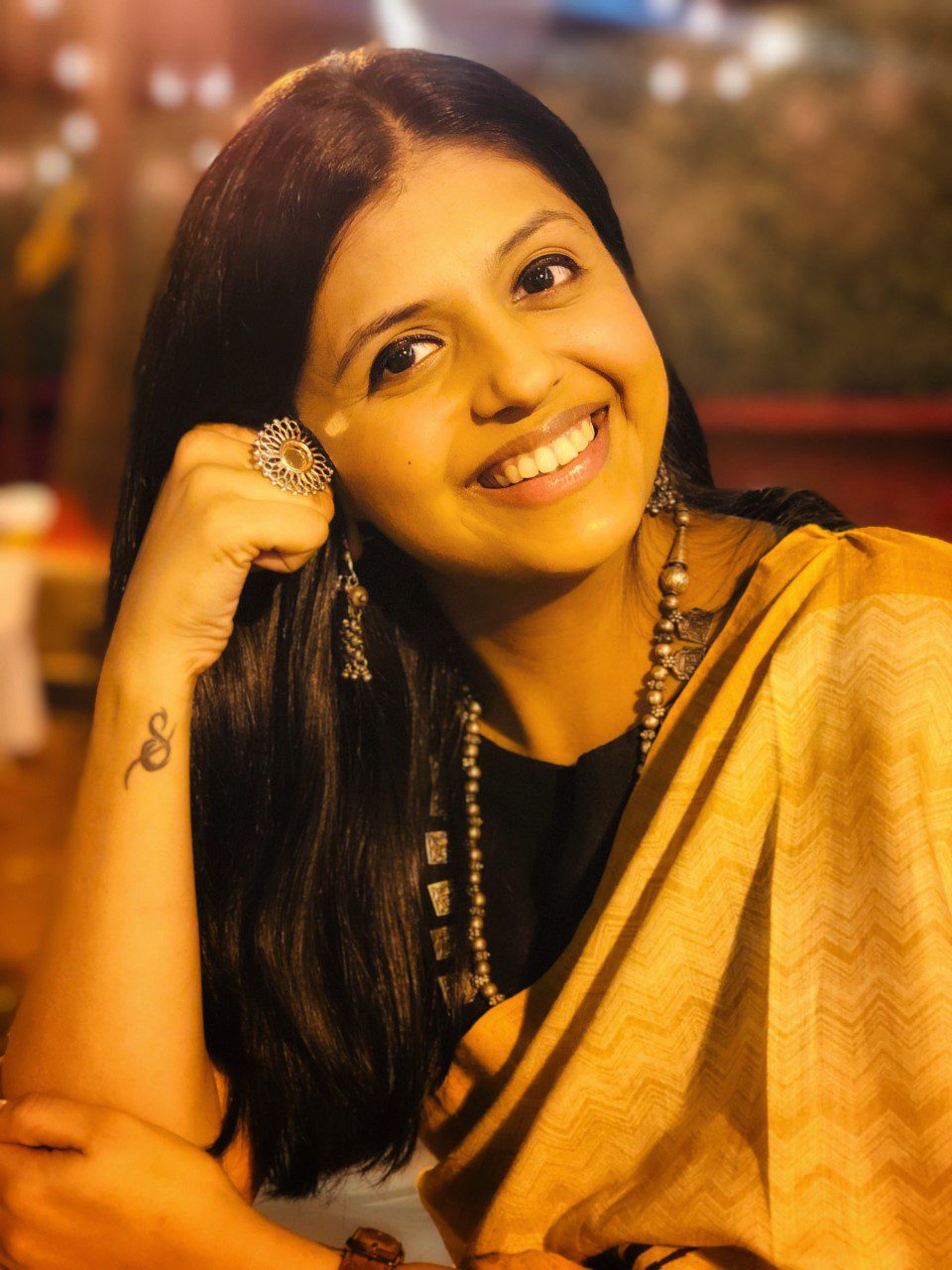 Upasana Makati, founder and publisher, White Print[/caption]
Upasana Makati, founder and publisher, White Print[/caption]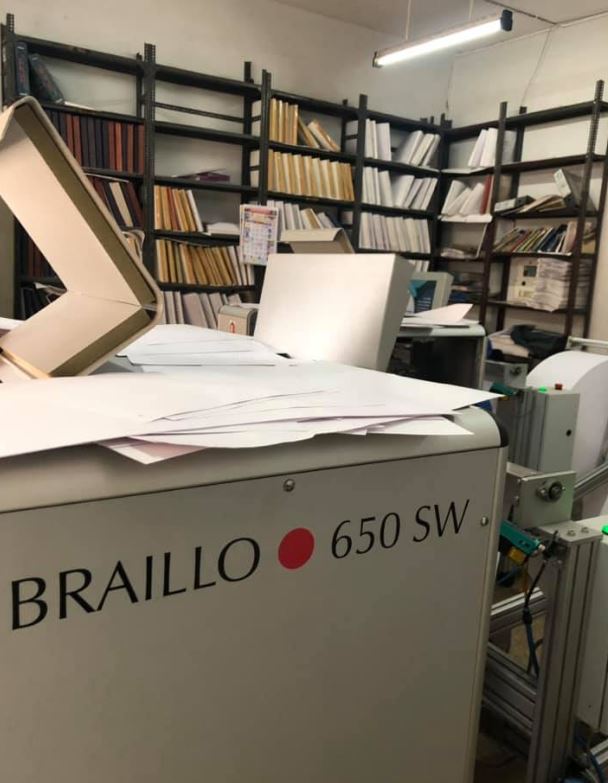 Braillo 650W at NAB. In the background, there are numerous Braille books stacked and arranged[/caption]
Braillo 650W at NAB. In the background, there are numerous Braille books stacked and arranged[/caption]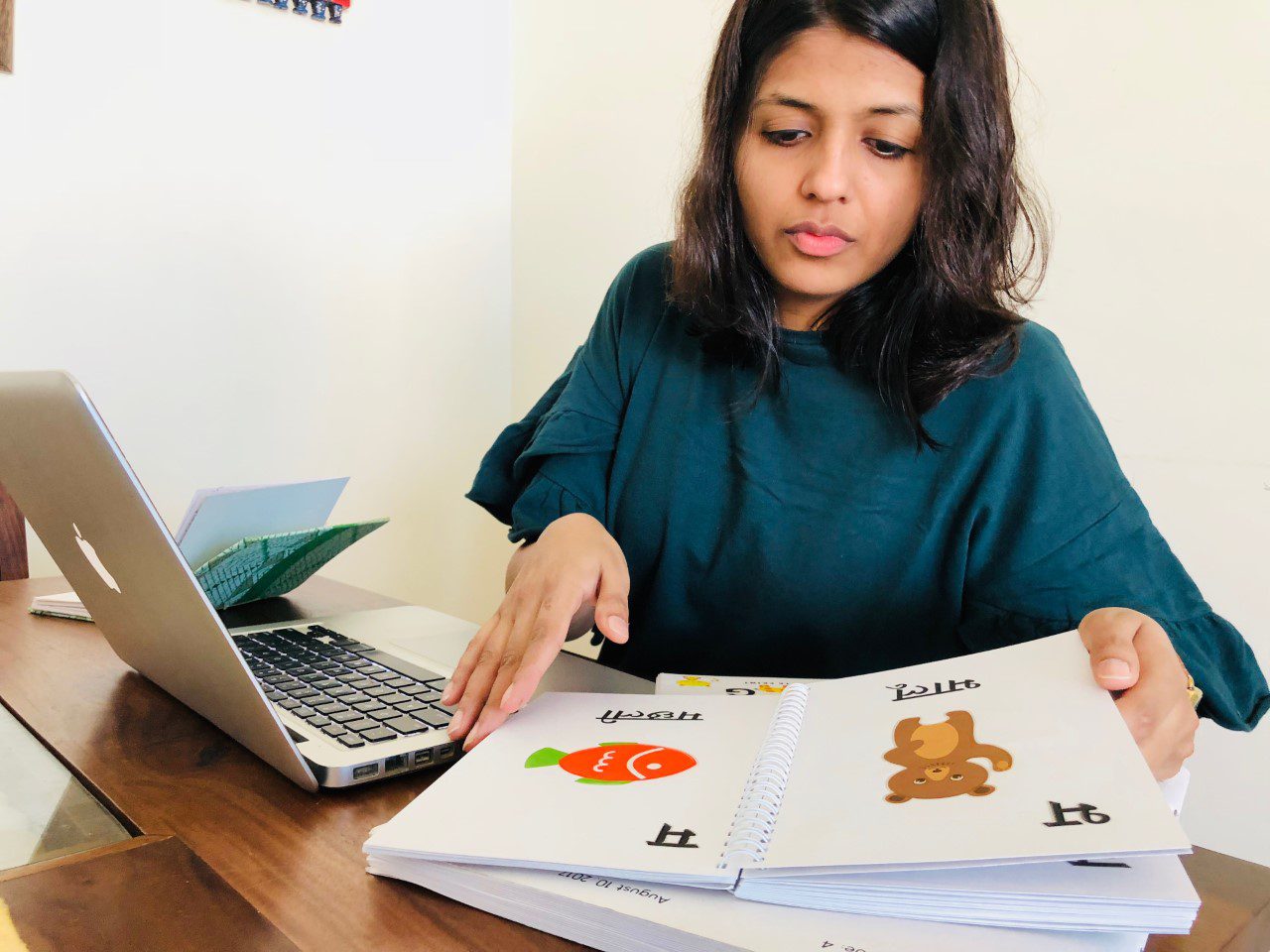
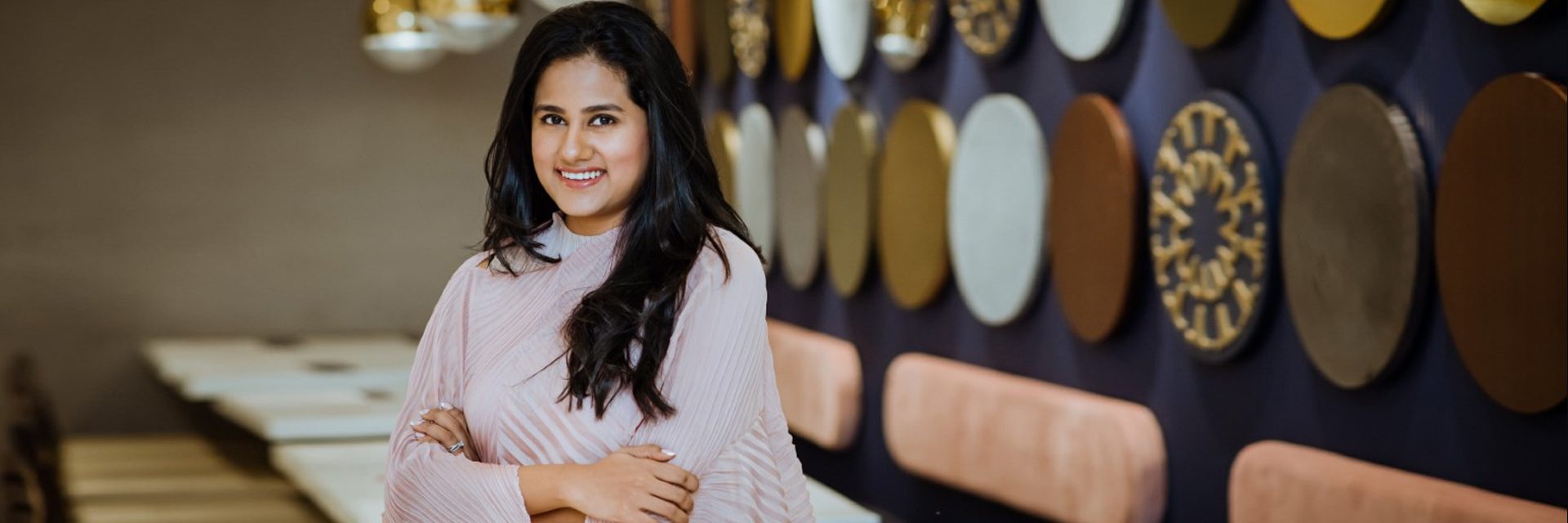
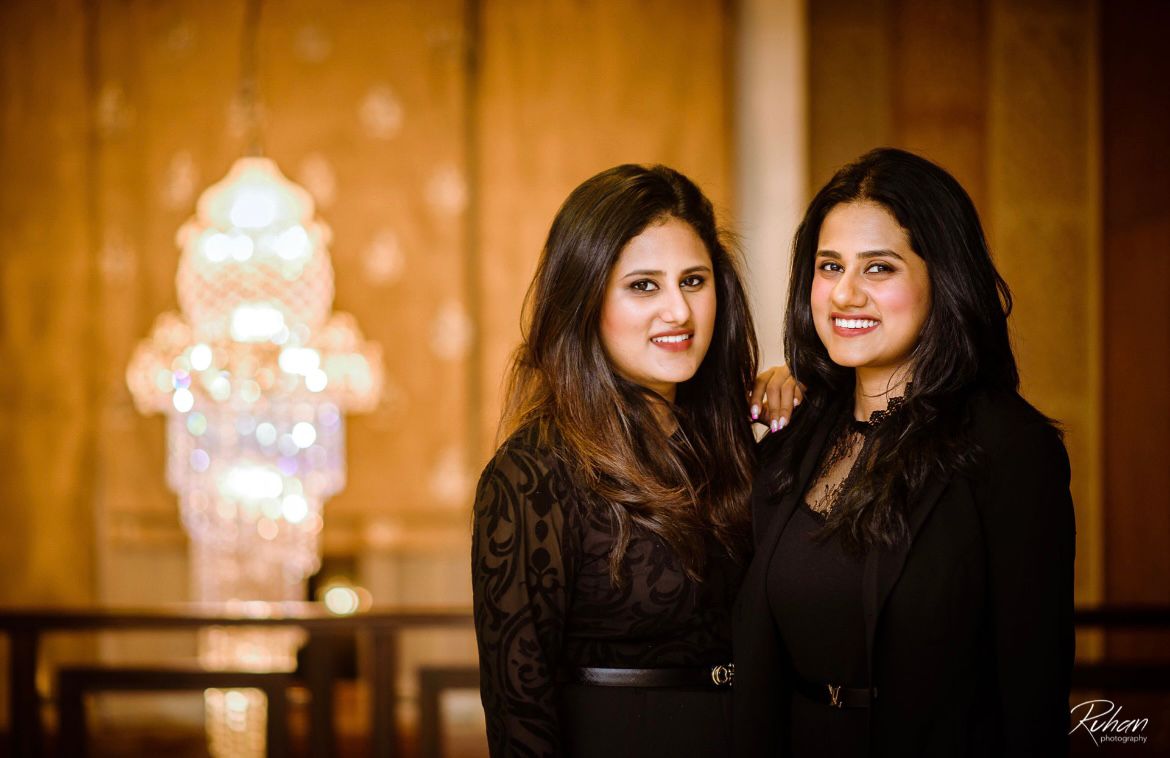 Ramya Ravi with her sister Shweta[/caption]
Ramya Ravi with her sister Shweta[/caption]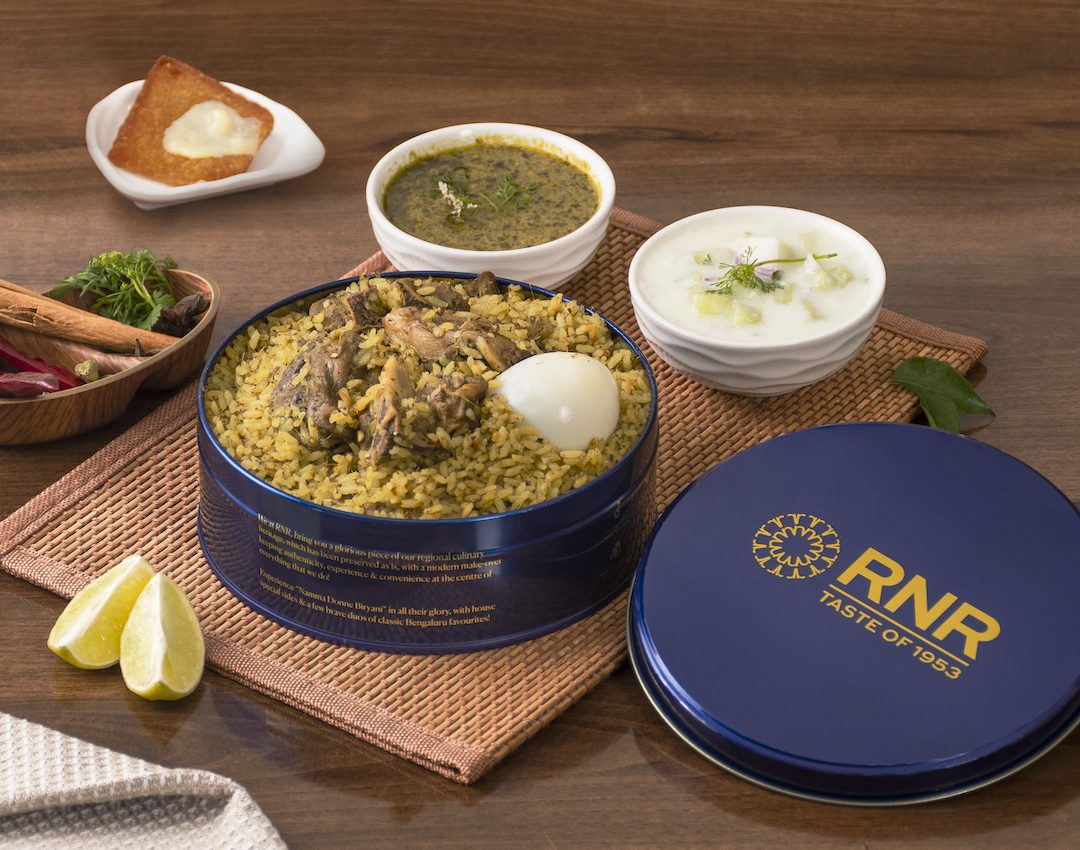


 Dr Namit Choksi[/caption]
Dr Namit Choksi[/caption]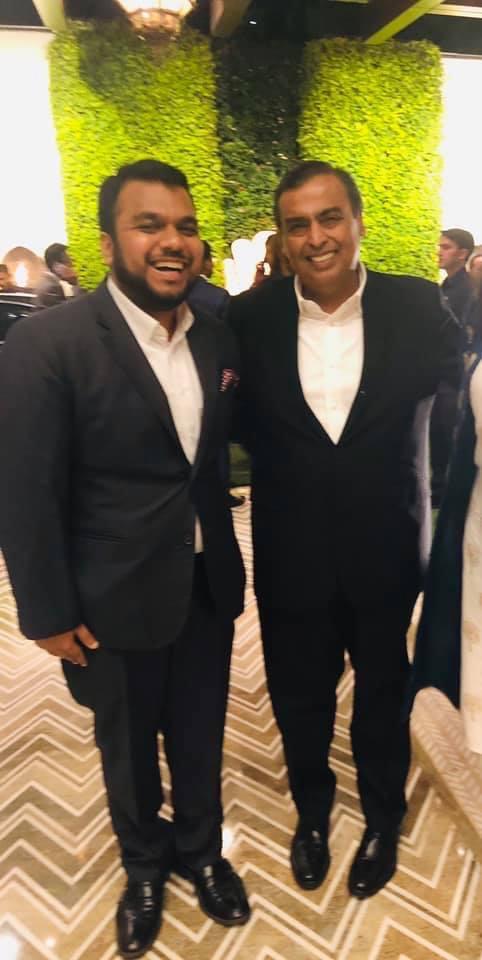 Namit with Mukesh Ambani[/caption]
Namit with Mukesh Ambani[/caption]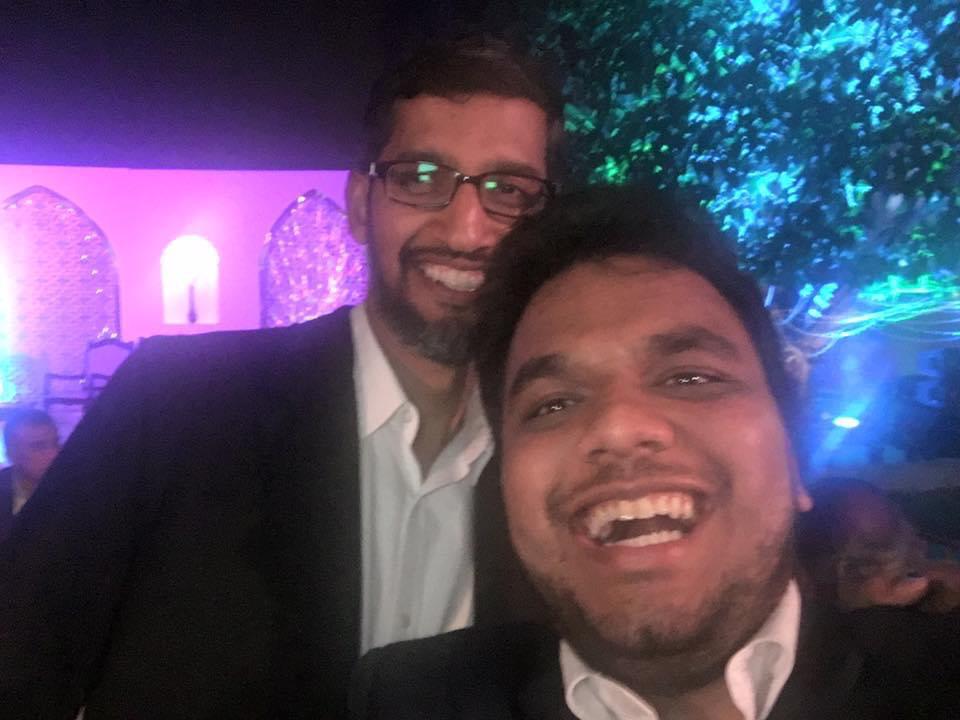
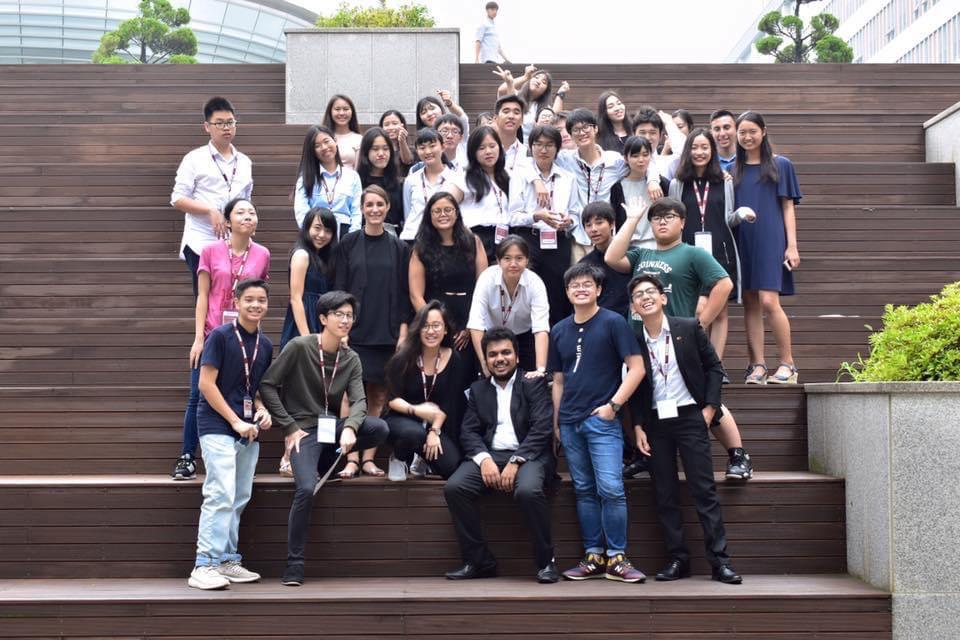

Very good achievements in your life and hope better future in ahead.